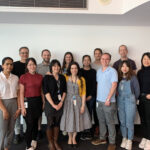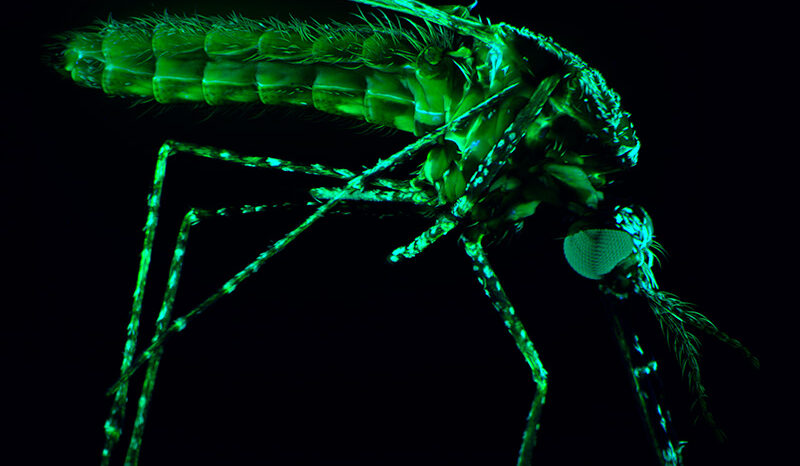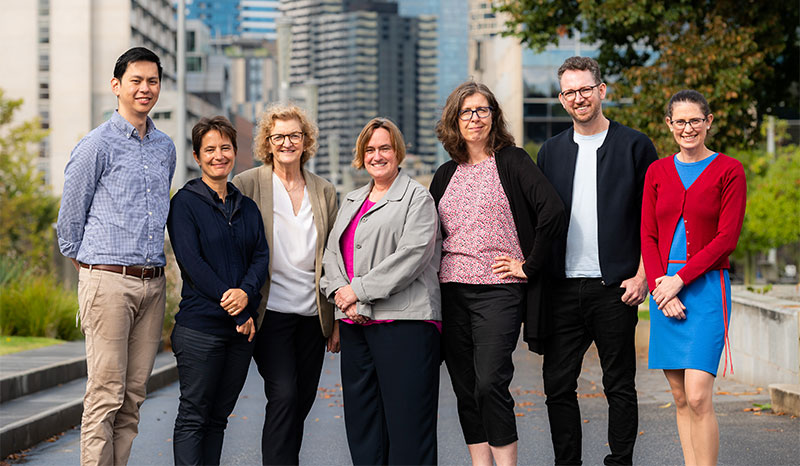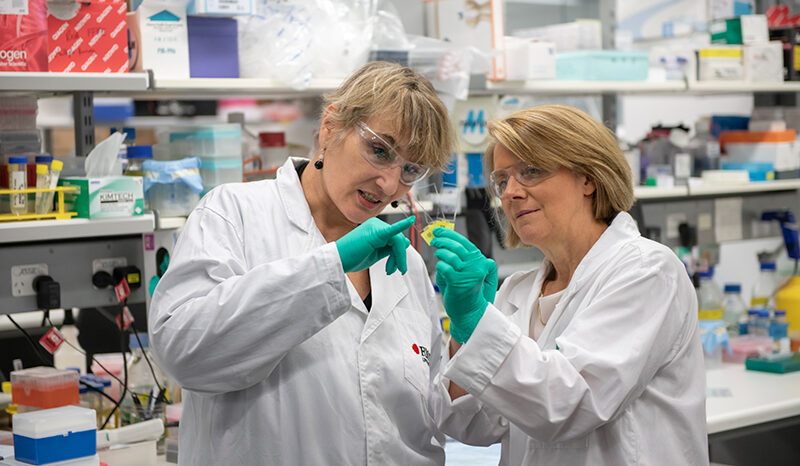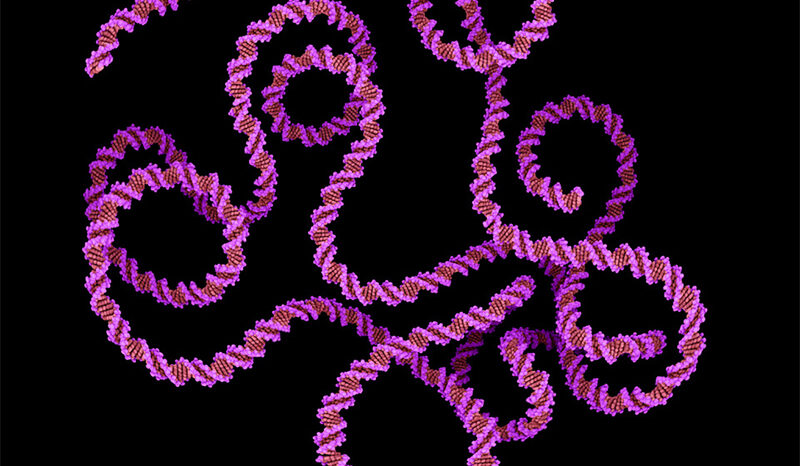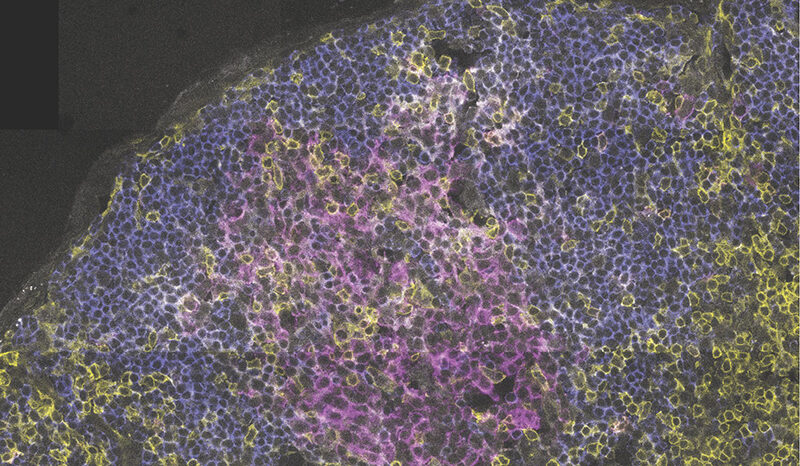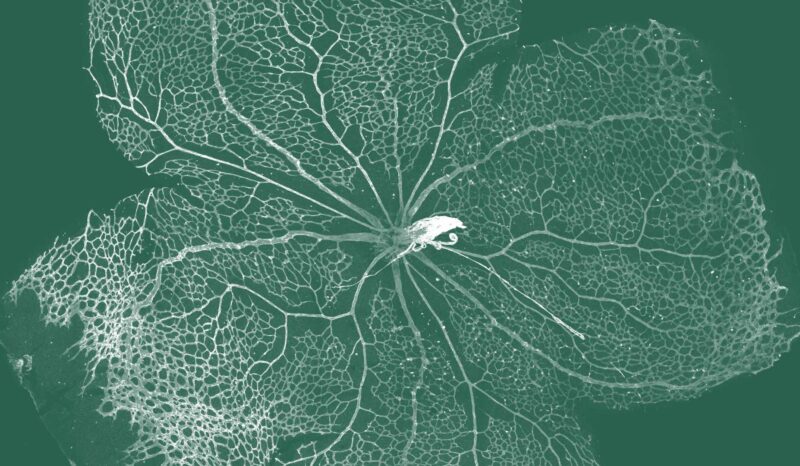The retina is a small layer of light sensitive tissue on the inside of the eye. It is responsible for capturing visual information and sending this information through the optic nerve to the brain. Defects or disorders in the retina interfere with this information flow and cause visual symptoms or even blindness in severe cases.
Some retinal disorders such as retinitis pigmentosa or macular degeneration are caused by the age-related loss of the light sensitive cells (rods and cones).
Other forms of retinal disorders are caused by an accumulation of too much liquid behind the eyeball resulting in floaters and in later stages the separation of the retina from the eye (retinal detachment). In some cases, the accumulation of fluid is caused by leaky blood vessels (macular telangiectasia type 2).
Our retinal disorder research focusses on:
Age-related macular degeneration (AMD)
AMD is the leading cause of age-related irreversible blindness in Australia, affecting around 13 per cent of people aged 75 years and older.
In elderly people with AMD the retina that contains the light sensitive cells starts to degenerate. This process starts in the centre of the retina and causes visual defects such as a blurry vision and the inability to focus on small details. If the disease progresses blind spots may develop in the centre of the visual field. AMD can occur as a dry or wet sub-type of macular degeneration. In many cases patients suffer from the dry form of AMD first which then progresses to the wet form. Some patients, but not all, also develop Reticular Pseudodrusen (RPD) which is characterised by yellowish subretinal lesions, and appears to link with poorer vision loss outcomes. To date little is known about the molecular disease mechanism of RPD and no specific treatment is available. Our bioinformaticians are working on understanding the genetic alterations that are linked to the development of RPD in AMD patients, to provide a better classification of AMD subtypes and ultimately provide adjusted treatment options for the different sub-types of AMD.
Macular telangiectasia type 2 (MacTel type 2)
MacTel type 2 is a rare disease that is not age-related but occurs most often in middle-aged adults. It is caused by the degeneration and death of the eye photoreceptors and the malformation of small blood vessels in the eye that then become leaky.
It is not known what causes MacTel type 2, however our researchers have now identified that one major cause is the inability of the patient’s metabolism to produce the amino acid serine. Serine is an important cellular component needed for a healthy retina development.


